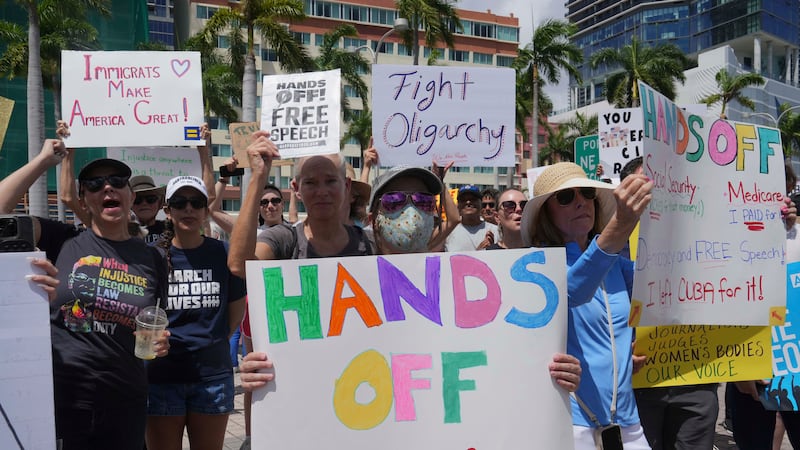ORLANDO, Fla. — With the coronavirus pandemic ongoing, many people have found themselves without a job and may be worrying about the future.
In April, the United States unemployment rate hit 14.7%, the highest rate since the Great Depression.
During the Great Depression, the unemployment rate reached 24.9%.
Read: Hair salons, barber shops, nail salons reopening in Florida: Here’s what businesses can do
Here are nine things to know about Florida during the Great Depression:
1. Two severe hurricanes
By the time the Great Depression started, Florida was already experiencing economic hardship. Two Category 4 hurricanes destroyed parts of Florida in 1926 and 1928.
In 1926, the Great Miami Hurricane moved directly over Miami Beach and downtown Miami. The storm produced the highest sustained winds ever recorded in the United States at the time, according to the National Hurricane Center.
In 1928, the San Felipe-Okeechobee Hurricane caused heavy casualties and extensive destruction along its path from the Leeward Islands to Florida, the National Hurricane Center said.
2. Fruit flies invade the state
In 1929, the Mediterranean fruit fly invaded the state and the citrus industry suffered.
A quarantine was established that restricted farmers from selling citrus to anyone outside of Florida. Florida’s citrus production was cut by about 60%, according to the Department of State.
3. Great Stock Market Crash of 1929
In 1929, the Great Depression began when the stock market fell. Americans who invested in stocks began to lose all of their money. Gov. Doyle Carlton was given the task of fighting the depression in Florida while still continuing efforts to restart the tourist economy.
4. Unemployment rates rise
According to Florida history, as unemployment rates rose and tourism declined from 3 million to 1 million visitors per year, Florida’s leaders began searching for solutions. Across the U.S., more than 12 million people were unemployed at the peak of the depression. In Florida, more than 90,000 families were affected by the depression.
5. Florida voters choose David Sholtz
In the gubernatorial election of 1932, voters rejected former governors John W. Martin and Cary A. Hardee and instead selected David Sholtz, who was relatively unknown. According to Florida history, Sholtz emphasized a return to Florida’s basic industries to pull the state out of its economic depression.
6. The New Deal
In 1933, Franklin D. Roosevelt became president. He began a road to recovery with the New Deal, a series of programs, public work projects, financial reforms and regulations. The New Deal had the largest impact in states where high unemployment, low wages and poor working conditions were most prevalent. All three of those elements were found in many areas of Florida.
7. Social Security Act
In 1935, Congress passed the Social Security Act, which provided Americans with unemployment, disability and pensions for older people. Florida was the last southern state to enact unemployment insurance measures in conformity with the Social Security Act, according to Florida history.
8. Minority higher education
Roosevelt’s chief education adviser, Mary McLeod Bethune, worked to improve public school’s in Florida. Bethune gained national attention in 1923 when she merged her all-female Daytona Literary and Industrial Training School with the all-male Cookman Institute of Jacksonville. Bethune emerged as Florida’s greatest promoter of minority higher education, according to Florida history.
9. World War II
Florida history said the state merged as a key training center during the start of World War II. The Army Air Corps utilized 70,000 hotel rooms in Florida. Miami Beach became a 90-day work station and the Army Air Corps utilized Drew and MacDill Airfield in Tampa, Eglin at Fort Walton Beach, Dale Mabry in Tallahassee, and Orlando Field as featured bases.
World War II ended the Depression. Unemployment was no longer a problem as the state turned to the war effort.
© 2020 Cox Media Group






